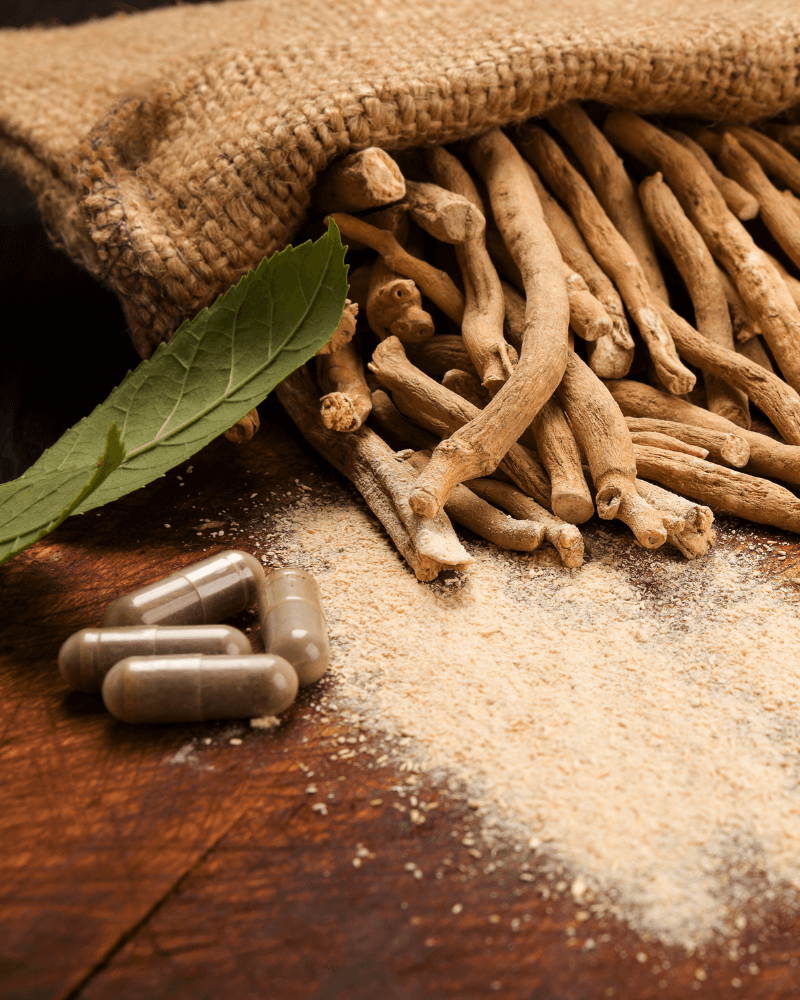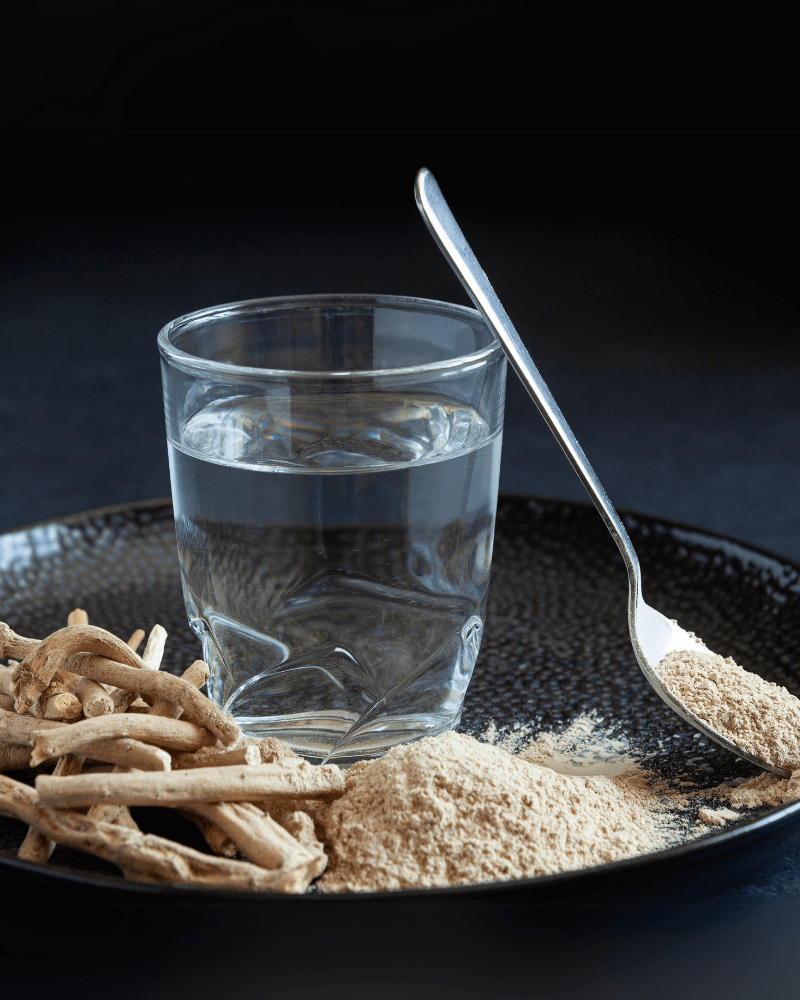What is marshmallow?
Marshmallow (Althaea officinalis) is a perennial plant that belongs to the mallow family and is originally native to Europe, Asia and North Africa. Even at first glance, marshmallow stands out due to its impressive size and velvety, gray-green leaves, which are slightly serrated at the edges. The flowers, which appear from June to September, are delicately white to pink in color and have a striking, bowl-like shape. Historically, marshmallow was considered an important medicinal plant, and even the ancient Greeks and Romans were aware of its soothing effects. Today, marshmallow is valued in naturopathy, but also as an ornamental plant in the garden. The healing components of the plant, especially the root, have traditionally been used to treat coughs, sore throats and stomach complaints.
Mallow mallow
Marshmallow is a prominent member of the mallow family (Malvaceae), a widespread plant family with over 200 different species. Well-known members of this family include the hibiscus, the hollyhock and the wild mallow. What these plants have in common are their cupped flowers, which are brightly colored and often attract pollinating insects such as bees, butterflies and bumblebees. However, mallow stands out due to its healing mucilage, which makes it so valuable in herbal medicine. These mucilages are complex carbohydrates that form a protective layer on the mucous membranes and have an anti-inflammatory effect. Marshmallow is therefore a real all-rounder in the plant family and is highly valued for both its beauty and its medicinal properties.

The effect of marshmallow: health benefits
Marshmallow is a versatile medicinal plant whose healing effect is mainly due to its high mucilage content. These mucilage substances cover the irritated mucous membranes in the throat and pharynx like a protective film, which has a soothing effect, especially on dry coughs and sore throats. The plant also contains flavonoids and essential oils, which have an anti-inflammatory and antioxidant effect. Marshmallow has also proven effective for gastrointestinal complaints, as the mucilage has a soothing effect on the stomach lining. In naturopathy, marshmallow is used as a gentle remedy for dry coughs, gastritis and even for external use on skin irritations.

True marshmallow
Marshmallow, also known as "medicinal marshmallow", is one of the oldest medicinal plants in human history. The plant was already known in ancient Greece as a remedy for coughs and stomach complaints. Hippocrates himself recommended marshmallow for inflammatory diseases of the mucous membranes. The expectorant and anti-inflammatory properties of marshmallow root are particularly noteworthy. The root is traditionally dried and processed into tea, syrup or tinctures. These applications are particularly helpful for colds, as the mucilage soothes irritated mucous membranes. Externally, the root can be used in the form of compresses for skin irritations and minor burns. Modern naturopathy uses marshmallow primarily as a herbal remedy for dry coughs and digestive complaints.
Marshmallow as a shrub in the garden
Marshmallow is not only a medicinal plant, but also a beautiful shrub for the home garden. With its height of up to 1.5 meters and its eye-catching flowers, it is an eye-catcher in any flower bed. The marshmallow prefers sunny to semi-shady locations and feels particularly at home in well-drained, moist soil. In garden design, marshmallow is often used as a hedge plant, as it not only grows densely but also has a long flowering period. Its delicate, pink flowers appear from June to September and attract numerous pollinators such as bees and butterflies. Marshmallow is a particularly popular choice in natural gardens as it is easy to care for and hardy. It requires minimal protection in winter, making it ideal for beginners who want to expand their gardening experience.
Cutting marshmallow: Tips for proper care
To ensure that the marshmallow shrub thrives and produces its magnificent flowers, it is important to prune it regularly. Ideally, it should be pruned in late winter or early spring, before new shoots begin to grow. Pruning marshmallow is not only important for the shape of the plant, but also for its health, as dead branches should be removed to make room for new growth. Here are some tips for pruning marshmallow:
-Rejuvenation pruning: remove old, woody shoots to stimulate the growth of new shoots.
-Maintenance pruning: Shorten the young shoots slightly to promote a bushy, compact shape.
-Health pruning: Cut off damaged or diseased branches to prevent infection.
A well-executed pruning will keep the marshmallow shrub vital and flowering and allow it to regenerate optimally.
FAQs
Yes, marshmallow can actually be used in the kitchen! The young leaves and flowers can be used fresh in salads as they have a mild, slightly sweet taste. However, the marshmallow root is particularly interesting: it was traditionally used to make a forerunner of today's marshmallows. The roots were boiled and the mucilage used as a binding agent to produce a sweet, foamy candy. Today, this traditional preparation is rarely used, but it is still a popular recipe in some regions.
Harvesting marshmallow depends on which parts of the plant are to be used. The flowers can be picked throughout the flowering period from June to September, preferably on a sunny day when they are fully open. The leaves are best harvested before the flowering period, as this is when they have the highest content of active ingredients. The root of the marshmallow, which is most commonly used for medicinal purposes, should be harvested in the fall after the above-ground parts of the plant have died back. At this time, the plant has stored the most nutrients in the root, which increases its healing power.
Although the marshmallow is a fairly robust plant, it can still be attacked by some pests and diseases. Common pests are aphids and spider mites, which are particularly prevalent in dry weather. These pests suck the sap and weaken the plant. Powdery mildew, a fungus that leaves a white coating on the leaves, can also occur occasionally. To prevent these problems, the marshmallow should be checked regularly and treated with biological agents if necessary. Sufficient watering and good air circulation help to prevent pest infestation and disease.
Yes, marshmallow is hardy and can survive cold winters without any problems. The plant draws its nutrients back into the roots in the fall and the above-ground parts die off. The marshmallow then sprouts again in spring. In particularly cold regions where there are severe frosts, it can be useful to protect the root zone with a mulch layer of leaves or straw. This keeps the soil warm and protects the roots from frost damage.
Marshmallow and hibiscus both belong to the mallow family and look very similar on the outside, which often leads to confusion. The main difference, however, lies in their use and location requirements: marshmallow is mainly used for its medicinal properties, while hibiscus is often cultivated as an ornamental plant in gardens or as a houseplant. In addition, hibiscus flowers often have stronger colors (from deep red to purple), while the flowers of the marshmallow are rather soft white to pink. In herbal medicine, hibiscus plays a subordinate role compared to marshmallow.





